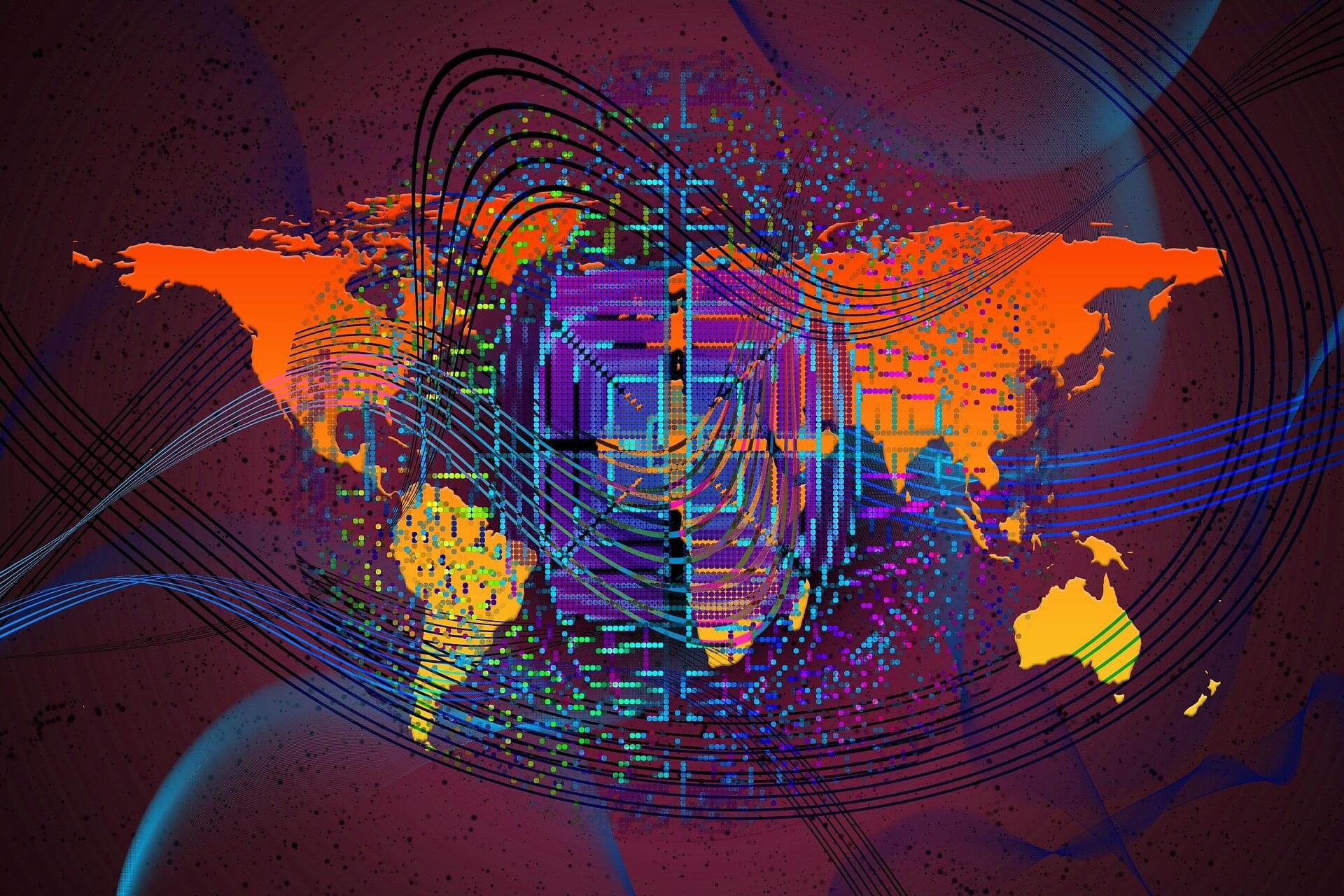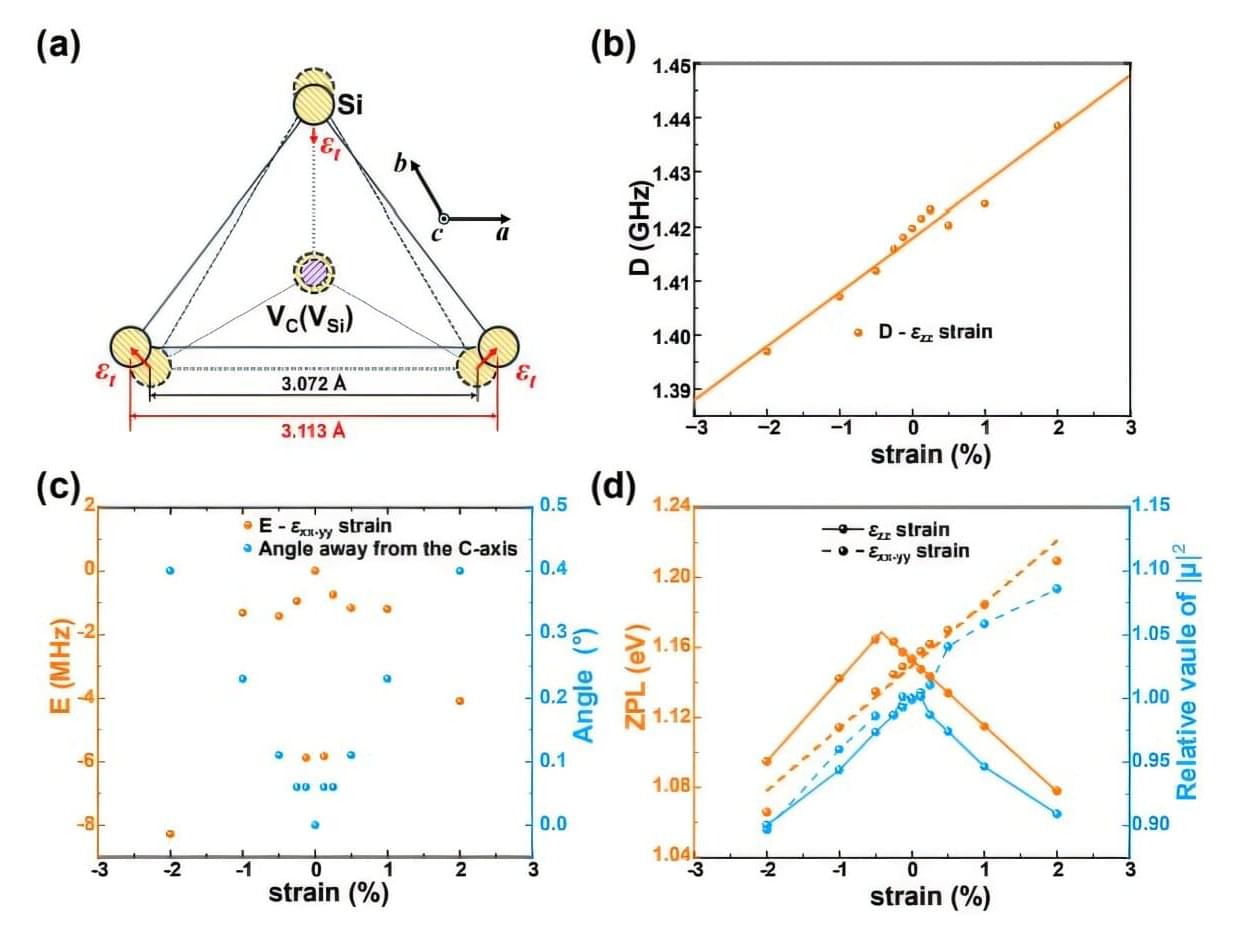Ferroic materials such as ferromagnets and ferroelectrics underpin modern data storage, yet face limits: They switch slowly, or suffer from unstable polarization due to depolarizing fields respectively. A new class, ferroaxials, avoids these issues by hosting vortices of dipoles with clockwise or anticlockwise textures, but are hard to control.
Researchers at the Max-Planck-Institute for the Structure and Dynamics of Matter (MPSD) and the University of Oxford now show that bi-stable ferroaxial states can be switched with single flashes of polarized terahertz light. This enables ultrafast, light-controlled and stable switching, a platform for next-generation non-volatile data storage. The work is published in the journal Science.
Modern society relies on digital technologies, where all information is fundamentally encoded in a binary system of 0s and 1s. Consequently, any physical system capable of reliably switching between two stable states can, in principle, serve as a medium for digital data storage.









